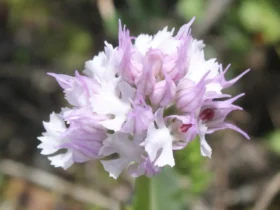The lotus flower, with its exquisite beauty and profound symbolism, holds a special place in various cultures and spiritual traditions around the world. Rising gracefully from muddy waters to blossom into pristine blooms, the lotus has long been revered as a symbol of purity, enlightenment, and resilience. In this article, we will explore the fascinating world of the lotus flower, its significance, cultural associations, and the profound lessons it teaches us about life and spirituality.
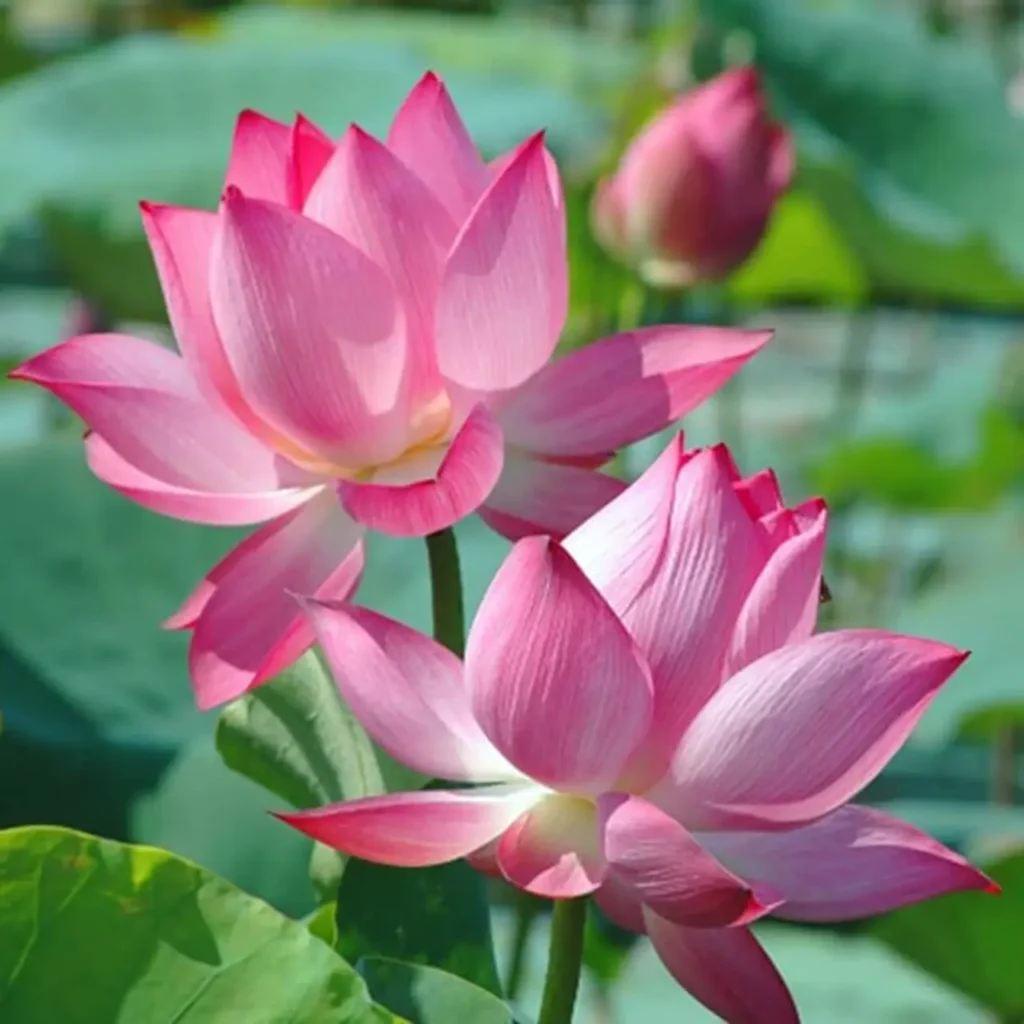
Appearance and Varieties
Lotus flowers belong to the Nelumbo genus and are renowned for their unique structure and captivating appearance. The flower emerges from thick, long stems that rise above the water’s surface, revealing large, circular leaves that provide support and shade. The lotus blooms are usually large and have multiple layers of delicate, symmetrical petals that range in color from white to pink, yellow, and even red. There are two main species of lotus: the sacred lotus (Nelumbo nucifera) and the American lotus (Nelumbo lutea), each with its own distinct characteristics.
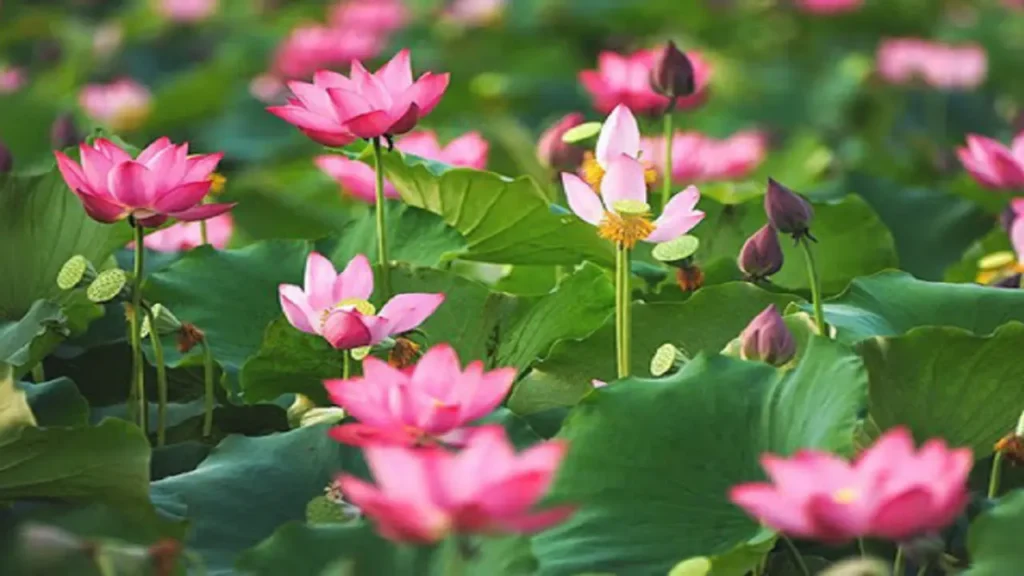
Symbolism and Cultural Significance
The lotus flower holds deep symbolic meaning in various cultures and spiritual practices. Here are some of its key associations:
- Purity and Enlightenment: The lotus symbolizes purity of mind, body, and spirit. Its ability to rise above muddy waters and bloom immaculately represents the journey from darkness to enlightenment, signifying spiritual awakening and the pursuit of inner beauty and truth.
- Resilience and Strength: The lotus’ ability to thrive in harsh conditions, emerging unscathed from murky waters, symbolizes resilience, strength, and perseverance in the face of adversity. It serves as a reminder of the human capacity to overcome challenges and transform obstacles into opportunities for growth.
- Spiritual Growth and Transformation: The lotus flower’s life cycle—from its humble beginnings in the mud, through the murky waters, to its radiant blossoming—represents the stages of spiritual growth and transformation. It reminds us that even in challenging circumstances, we have the potential to evolve, evolve, and reach our full potential.
- Cultural and Religious Significance: The lotus holds deep cultural and religious significance in many traditions, including Buddhism, Hinduism, and Egyptian mythology. It is often associated with deities, enlightenment, purity, and rebirth.

Cultivation and Horticultural Uses
Cultivating lotus flowers can be a rewarding experience for gardeners and water enthusiasts. Here are some key considerations:
- Growing Conditions: Lotuses thrive in warm climates and require full sunlight to bloom. They are best grown in large containers or shallow ponds with calm, still water.
- Soil and Water Requirements: Lotuses prefer nutrient-rich, loamy soil and require a water depth of at least 6 inches (15 cm) for optimal growth. Water should be changed periodically to maintain cleanliness and prevent stagnant conditions.
- Propagation: Lotuses can be propagated through seeds or tubers. Seeds should be scarified (lightly scratched) before planting to enhance germination.
- Maintenance: Regular maintenance includes removing debris, fertilizing with a balanced aquatic plant fertilizer, and thinning out excess growth to prevent overcrowding.
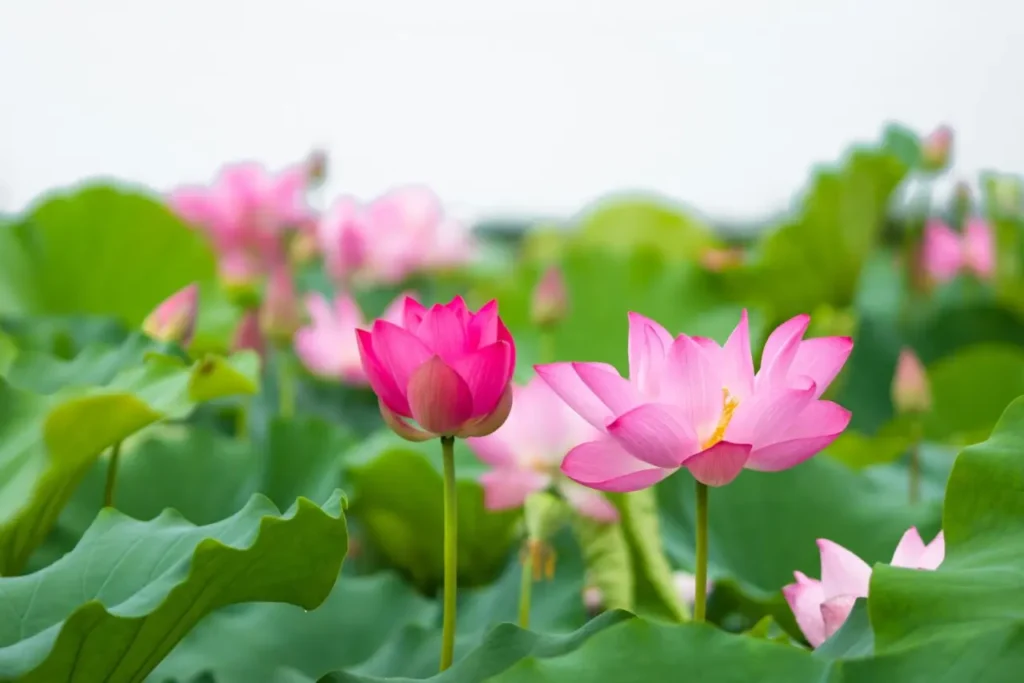
Aesthetics and Cultural Enjoyment
Lotus flowers are not only admired for their symbolic and spiritual significance but also cherished for their aesthetic appeal. They are often used in floral arrangements, water gardens, and cultural displays, adding a touch of elegance, tranquility, and natural beauty.

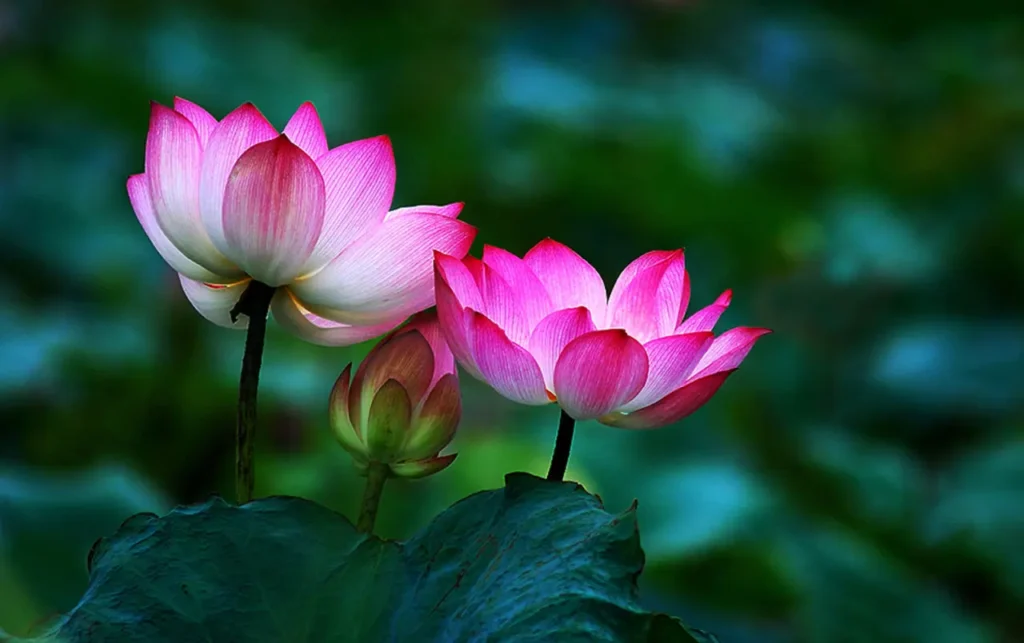
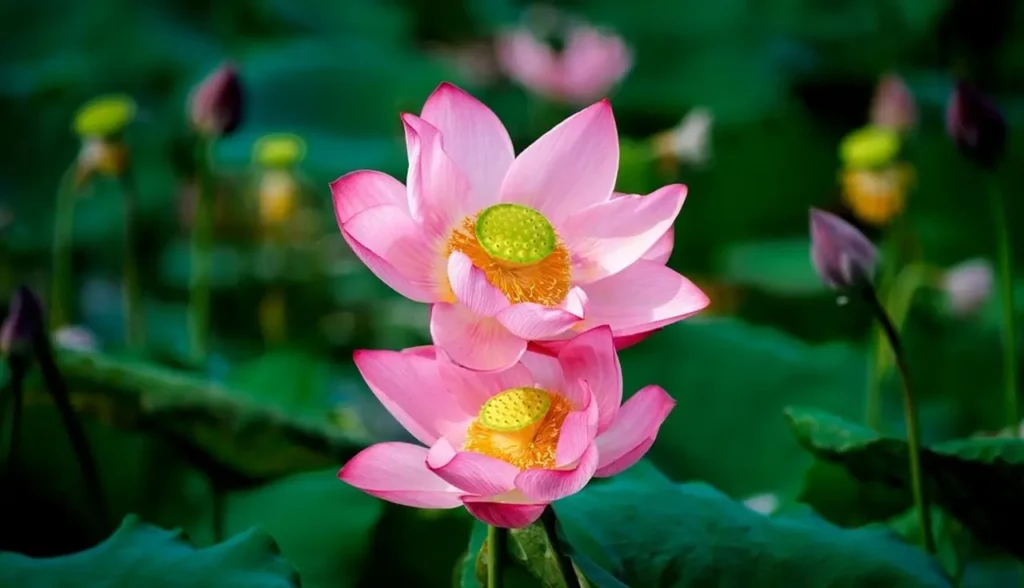
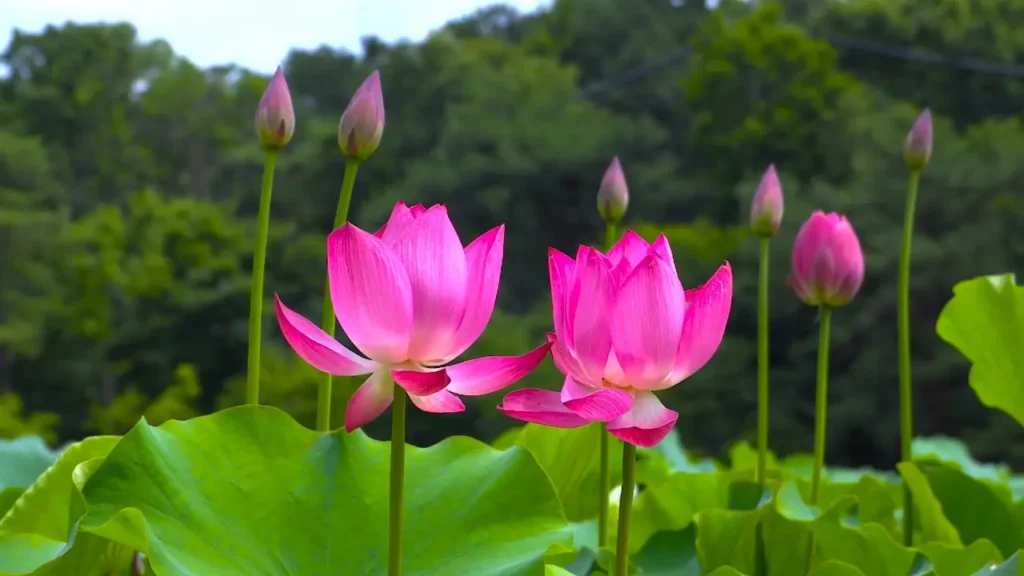
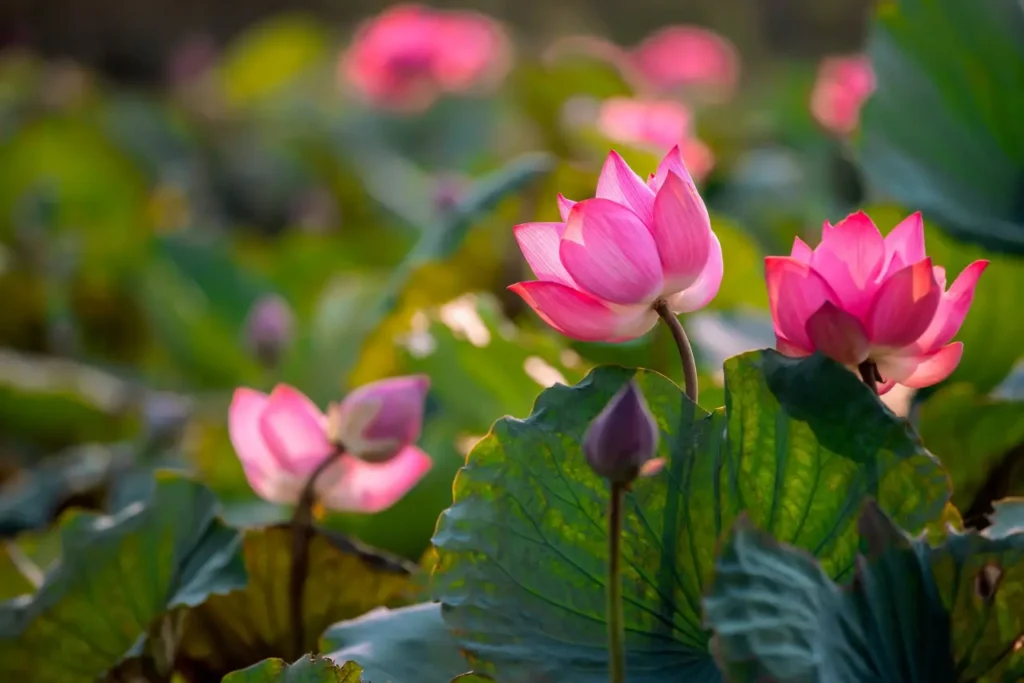
The lotus flower’s enchanting beauty, profound symbolism, and spiritual significance have captured the imagination of people throughout history. From its ability to rise above murky waters to its radiant blossoms, the lotus teaches us valuable lessons about purity, resilience, and spiritual growth. Whether admired for its stunning appearance or contemplated for its deeper meanings, the lotus remains an enduring symbol of beauty, grace, and the inherent potential for transformation within us all.
